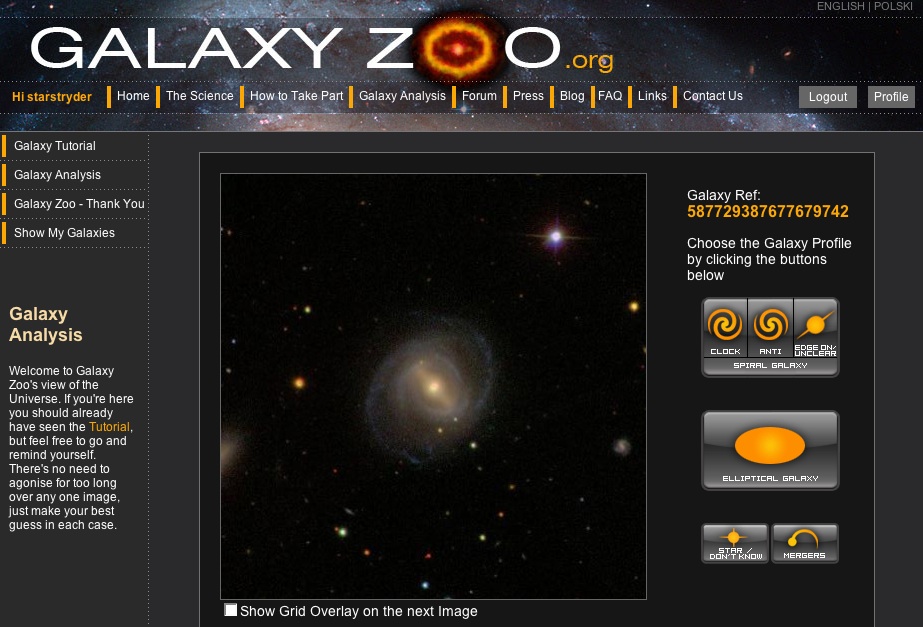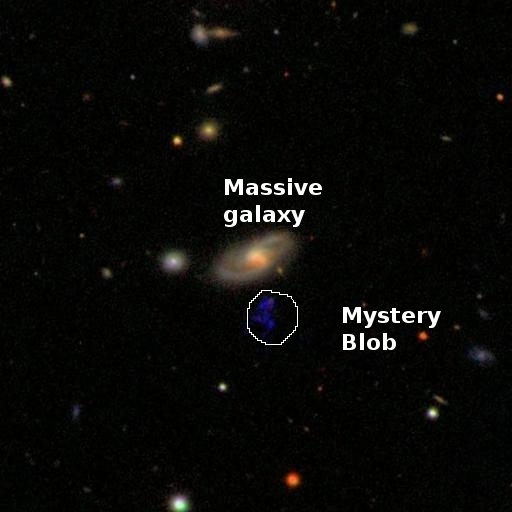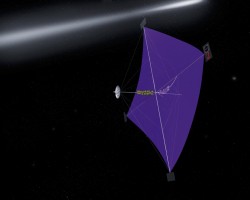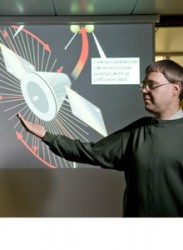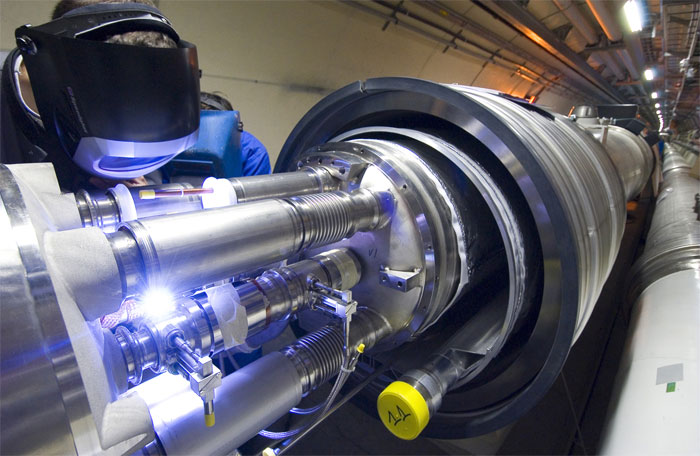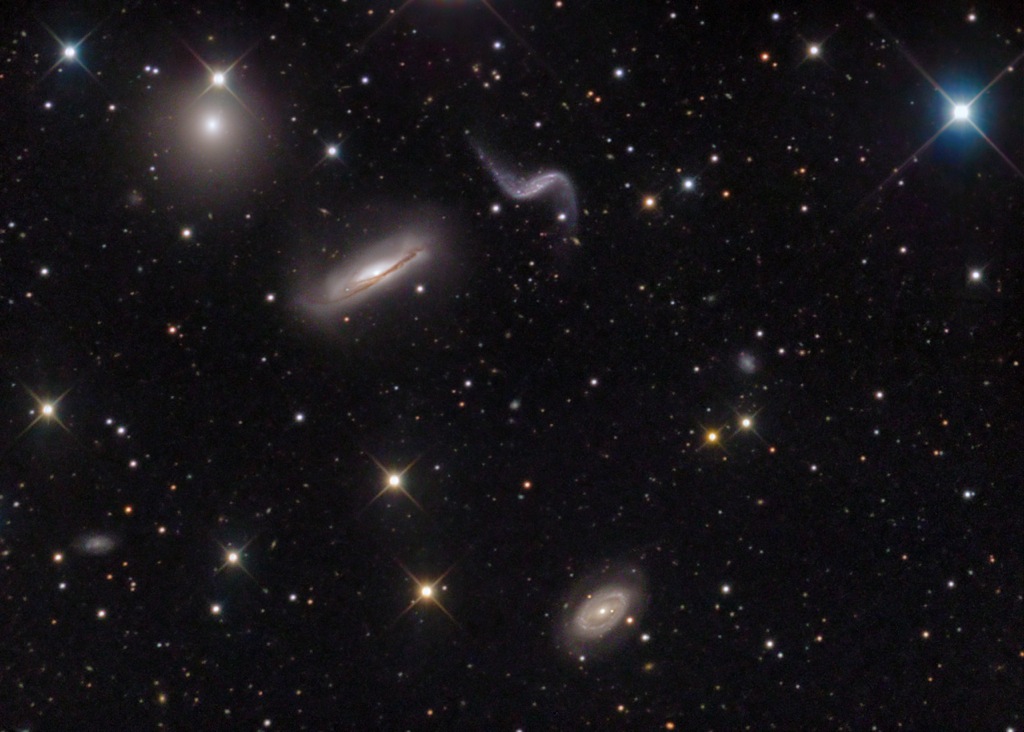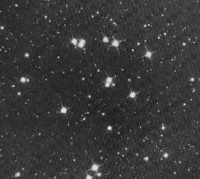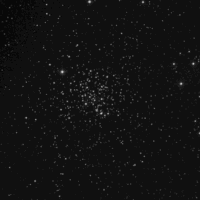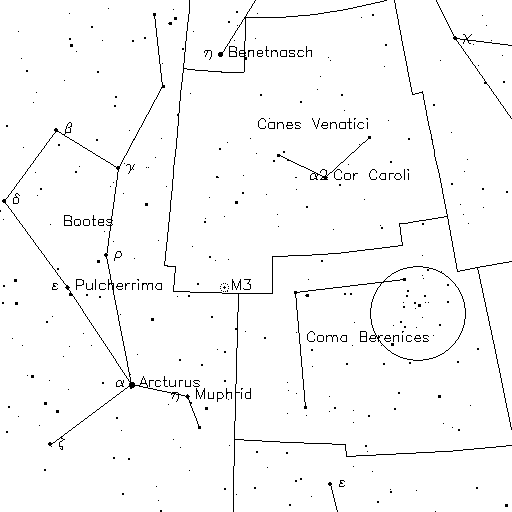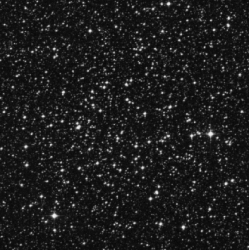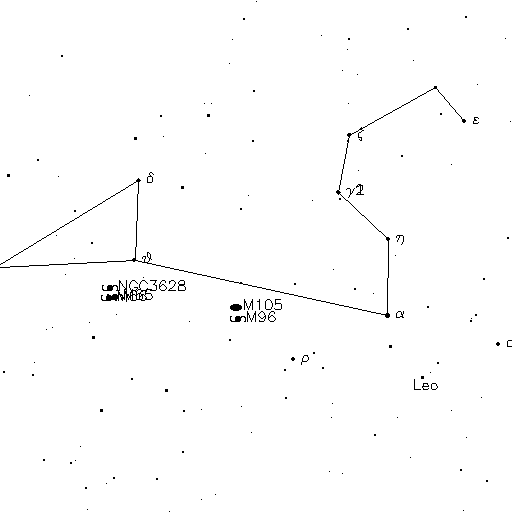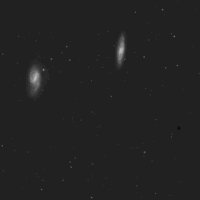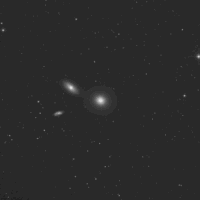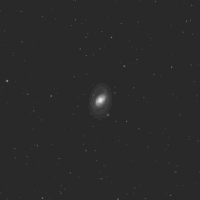My initial reaction to the Celestron SkyScout was why in heaven – and on Earth – would someone want a personal planetarium when they have the real deal at their disposal? Like most folks my age, I can’t resist new technology and the more I read and heard about what the Celestron Sky Scout could do, the more I wanted to examine one. Could a little piece of equipment provide as much information, knowledge and entertainment as a live astronomer? Could an electronic box take the place of a book? But most of all… What can the Celestron SkyScout Personal Planetarium really do?
When I saw the Celestron SkyScout in person, the young man who let me examine it told me, “Ma’am? You’d be much better off getting a book of star charts or finding someone to teach you about the stars.” Ultimately, I love it when someone doesn’t recognize me or simply sees the blond hair and doesn’t think there’s much going on underneath it. Although a secret part of me agreed with him, I simply flashed him my best vacant smile and gave him the line that all of us techno geeks use when we’re caught out buying a new toy… “It’s a present.”
Grinning wickedly, I snatched the box from him and hurried off where I could examine the SkyScout in private. On the way, I picked up a jumbo package of batteries and sat down to see how much of its operation was intuitive and how often I’d have to refer to the instructions. Surprisingly enough, anyone who has mastered an iPod and has at least a passing knowledge of the written English language would be well on their way to using a Celestron SkyScout. My second point of curiosity was its resemblance to a digital camcorder… Another techno-gadget I’m familiar with. After a quick consultation with the instructions, all I needed was dark.
Personal Planetarium? Snort. Show me what you can do…
Turn it on and GPS technology takes over. Within minutes, the Celestron Sky Scout had pinpointed my location on Earth and was aware of every movement in right ascension and declination of the unit. It knew where I was at, and it knew where it was pointed. Aiming the Celestron SkyScout is precisely like using a camcorder. Inside of its viewfinder you’ll see a red “bullseye” that’s adjustable in brightness so it doesn’t overpower dimmer stars. When you get the object you’re aiming at centered, you just push a button on top and it fixes the position and displays a screen of options as to what you’re looking at. Well, duh! I know it’s Mars… But when the soothing, melodic female voice started whispering stories in my ear? I knew I was hooked.
Needless to say, I took off on my own tour of the heavens with the Celestron SkyScout, happily eating up all of the information it gave me. Not all things have audio to accompany them, only 200. But, for many of us having RA, Dec, magnitudes and more at the push of a button is simply the cat’s asteroid. While you’ll never visually see all 6000 objects the Celestron SkyScout is capable of, what matters most is that it’s in there… And just waiting on you to release it.
Next up? Show me tonight’s “Must See” list. With the cool, calculated precision that only a data base could deliver, the Celestron SkyScout Personal Planetarium gave me a tour that even I would have been proud of. It virtually walked me star by star through constellation lessons that impressed even me. What’s best? I know that it can also tell me when the ISS is passing by or where the latest comet is located. How many friends can you carry around in a backpack that can tell you that? True. These are all things I know, things I present in astronomy outreach programs, but the Celestron SkyScout is much more than that.
For seasoned astronomers? Don’t laugh the Celestron SkyScout off. Instead, tell me how many times you’ve had difficulty distinguishing Pi and Xi Draconis from background stars. If you’re a star hopper, what would you give if you could just point a little box at the star in question and have it immediately tell you that it is indeed Delta Librae you’re aimed at and you’re ready to head to your charts? Ah… You’re getting the real picture now, aren’t you?!
But, I told you these Celestron SkyScout Personal Planetarium thingies were a lot more didn’t I? Yes. And I meant it. My teenage son once enjoyed telescoping with me, but there came an age when it simply wasn’t “cool” to be seen with Mom, and I understood. Yet, when I handed him the SkyScout, he and his girlfriend took off in the dark together and had a wonderful astronomy experience alone that I couldn’t give them. At star parties, I’ve handed the Celestron SkyScout to people that I knew were too afraid to ask questions… and hours later they’d hand it back with the most wonderful smiles on their faces. They’d tell me how much they enjoyed using it and how much they learned. Even the most hard-core astronomers I know have found something undeniably “cool” about this gadget.
So why the Celestron SkyScout Personal Planetarium and not the competitor model with its “stunning” full color images? Reality check. I use the astronomy equipment I buy and I use it hard. I buy the brands I want and I put them to the test. Over the years I’ve dropped, I’ve kicked, I’ve banged, I’ve slammed, I’ve traveled, I’ve shared, I’ve abused and I have absolutely loved and appreciated the long term durability and quality of Celestron products. Why should the Celestron SkyScout be any different? Eight months and countless hands later…
It’s still on the original batteries.
The Celestron SkyScout has the ability to have a green laser attached to it and external speakers so it can do a “show and tell” program for large groups. But the most awesome feature of all is the Celestron SkyScout really will put the Universe in your hands.


